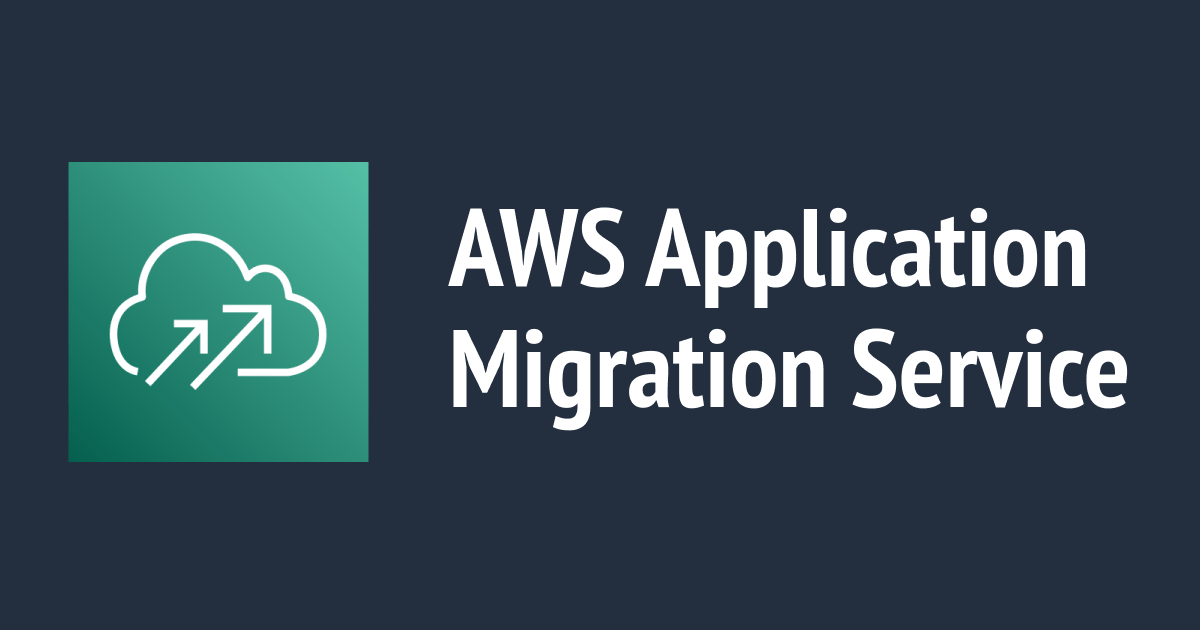Navigating Cloud Horizons: A Deep Dive into AWS Application Migration Service
 Sumit Mondal
Sumit Mondal
Introduction:
In the ever-evolving landscape of cloud computing, businesses are constantly seeking innovative solutions to enhance efficiency, reduce costs, and stay ahead of the curve. Amazon Web Services (AWS), a frontrunner in the cloud services domain, offers a suite of tools to facilitate seamless migration of applications. In this blog post, we'll explore one such gem in the AWS toolkit - the AWS Application Migration Service (AWS MGN).
Understanding AWS Application Migration Service:
AWS MGN is a comprehensive service designed to simplify and expedite the process of migrating applications from on-premises environments to AWS. Whether you're dealing with legacy systems or modern applications, AWS MGN provides a streamlined approach, minimizing downtime and optimizing resource utilization.
Key Features:
Server Replication: AWS MGN utilizes server replication to create an exact copy of your on-premises servers in the AWS cloud. This ensures a smooth transition without significant disruptions to your ongoing operations. The replication process is continuous, allowing for the latest changes to be mirrored in real-time.
Automated Blueprint: The service leverages automated blueprints that encapsulate best practices for different types of applications. These blueprints significantly reduce the manual effort required in the migration process and ensure a standardized, efficient migration.
Incremental Data Replication: AWS MGN employs incremental data replication, meaning only the changes made to the source servers are replicated to the AWS environment. This not only optimizes bandwidth usage but also reduces the time required for migration.
Hands-On Example:
Let's walk through a hypothetical scenario to illustrate the AWS MGN process.
Scenario: XYZ Corporation, a mid-sized enterprise, is looking to migrate its critical CRM application from an on-premises data center to AWS. The CRM application relies on a SQL Server database and multiple web servers.
Steps:
Setting Up AWS MGN: Begin by setting up AWS MGN in the AWS Management Console. Define the source and target servers, ensuring proper connectivity.
Creating a Migration Plan: AWS MGN allows you to create a migration plan, specifying the order in which servers should be migrated. In this case, the SQL Server database would be migrated first, followed by the web servers.
Server Replication: Initiate the server replication process. AWS MGN will create a replica of the SQL Server database and the web servers in the AWS cloud. Continuous replication ensures that any changes made in the on-premises environment are promptly mirrored in the AWS environment.
Validating the Replicas: Before the actual migration, it's crucial to validate the replicated servers. AWS MGN provides tools to ensure that the replicas function as expected and meet the performance criteria.
Cutover to AWS: Once validation is complete, initiate the cutover to AWS. This involves redirecting traffic from the on-premises servers to the newly migrated servers in the AWS environment. AWS MGN assists in automating this process, minimizing downtime.
Optimizing Resources: Post-migration, AWS MGN helps optimize resource utilization by allowing you to right-size instances based on the actual workload. This ensures cost-effectiveness and efficient utilization of AWS resources.
Benefits and Considerations:
Benefits:
Minimized Downtime: AWS MGN's continuous replication and automated cutover minimize downtime during migration.
Cost Optimization: The service helps optimize costs by allowing you to select the right-sized instances and scale resources as needed.
Real-time Replication: The ability to replicate changes in real-time ensures data consistency between on-premises and AWS environments.
Considerations:
Network Bandwidth: Adequate network bandwidth is crucial for efficient replication. Ensure that your network infrastructure can handle the data transfer.
Licensing: Verify the licensing requirements for your applications in the AWS environment to avoid compliance issues.
Conclusion:
AWS Application Migration Service is a powerful tool that empowers businesses to embark on a seamless cloud journey. By automating and simplifying the migration process, AWS MGN accelerates the transition to AWS, allowing organizations to focus on innovation rather than grappling with complex migration procedures. As cloud adoption continues to surge, AWS MGN stands as a beacon, guiding enterprises toward a future of enhanced scalability, agility, and efficiency.
Subscribe to my newsletter
Read articles from Sumit Mondal directly inside your inbox. Subscribe to the newsletter, and don't miss out.
Written by

Sumit Mondal
Sumit Mondal
Hello Hashnode Community! I'm Sumit Mondal, your friendly neighborhood DevOps Engineer on a mission to elevate the world of software development and operations! Join me on Hashnode, and let's code, deploy, and innovate our way to success! Together, we'll shape the future of DevOps one commit at a time. #DevOps #Automation #ContinuousDelivery #HashnodeHero